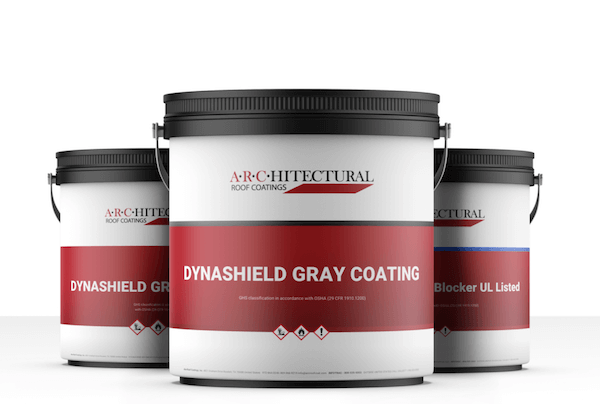Most people are familiar with at least one acrylic plastic, Plexiglas®.
Plexiglas is an all-acrylic material, usually associated with a polymeric, plastic material that is extremely durable, and has excellent weathering properties, and is very resistant to ultraviolet radiation from sunlight and the adverse effects of weathering. Plexiglas is an all-acrylic material, meaning that it is composed entirely of highly durable building blocks called monomers. While this is a clear sheet of the acrylic plastic, most acrylics are blended with other materials to create other easily recognized products such as paint, adhesive or caulk.
Acrylic polymers can be formulated to be tough and hard, and also very flexible. Plexiglas impact resistance is one example where it is used in banks to provide bulletproof shields. But acrylic polymers can also be manufactured to be flexible, to be tolerant of movement at low temperature, very elastic in their behavior.
Important considerations when considering roof coatings
- Exterior durability. How well does it weather? Acrylic roof coatings offer excellent durability, UV resistance, and substrate protection from degradation from sunlight.
- Low temperature flexibility. How flexible is the coating at cold temperatures? If the roof is in Chicago, and it’s roughly zero in the winter, the roof and any coating must be able to tolerate movement and not be brittle and crack. In addition, if the roof coating product data sheet claims this coating will stretch 300% before it breaks, that’s OK at room temperature. However, what happens at 0oF? Or at 120oF in the summer time? These are key criteria for successful acrylic roof coatings.
- Dirt pickup resistance. Additionally, the coating is to reflect the sun’s heat, it must be and remain white in color. As it darkens as a result of dirt pickup, the air conditioning energy savings realized will be lessened or lost.
- Adhesion. How well does the coating adhere to the roof substrate. These may include aged metal, aged BUR, aged cap sheet, aged EPDM, PVC, HypalonR? These are important considerations when making a selection among acrylic roof coatings.
- Ponded water resistance. How well does the coating adhere after long term submersion in puddles on the roof?
ARC’s roof coatings are formulated to provide maximum water resistance
a highly reflective roof surface, and maximum UV protection. With the development of the Styrene Ethylbutlyene Styrene (SEBS) reflective roof coatings, a product emerged that not only withstands ponding water, but also provides high reflectivity and prevents damage by solar ultraviolet radiation.
ARC Roof Coatings
APPLICATIONS
- APP membranes
- SBS membranes
- Built-up roof membranes
- EPDM or HYPALON roofs
- Metal roofs
- Concrete, concrete block, brick or stucco surfaces for waterproofing.
ARC Reflective Roof Coatings
FEATURES
- Elongation properties of 600%
- Tensile strength of 1000% psi
- Water absorption rate of 0.004%
CUSTOMER REVIEWS
Quick Contact




To Order ARC Roof Coatings
Find Us
4821 Grisham Dr. Rowlett, TX.
Talk To Us
PHONE: 972-864-0240
Email Us
info@arccoat.com

